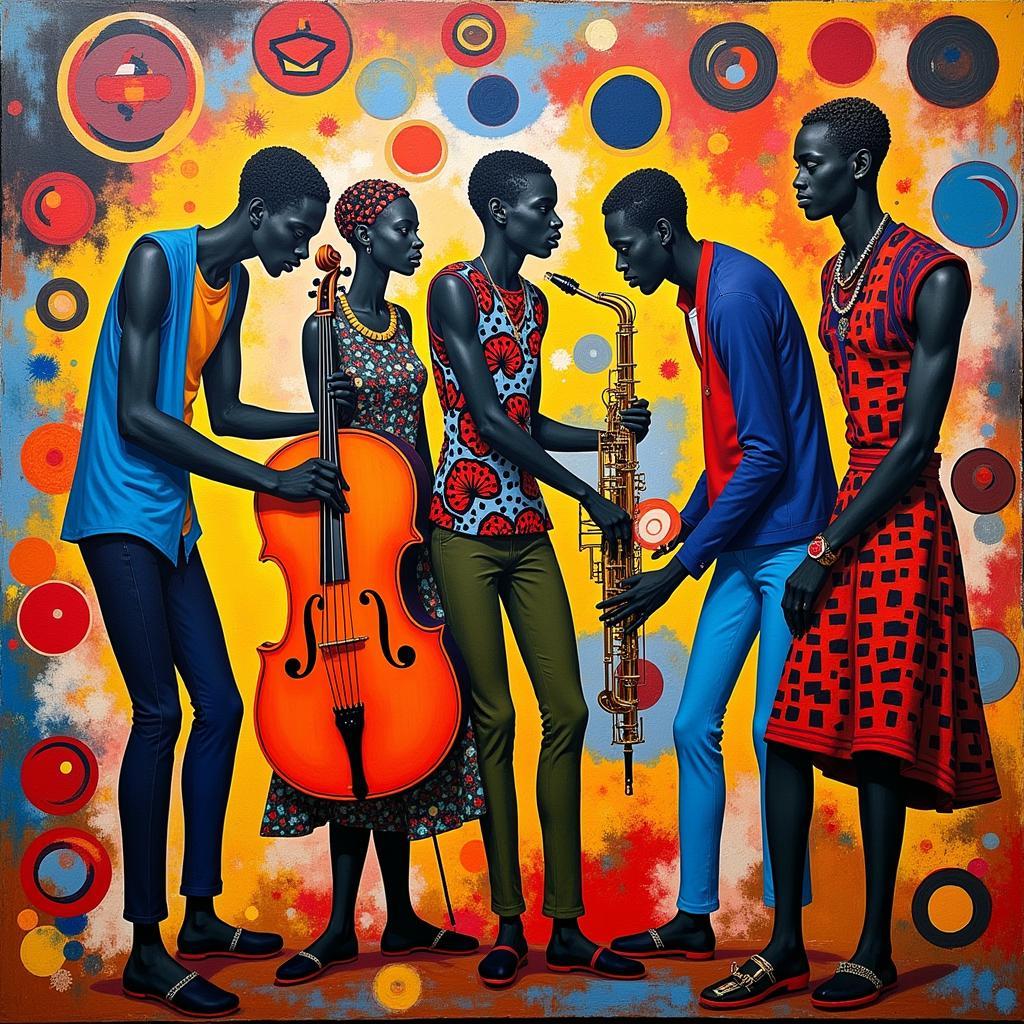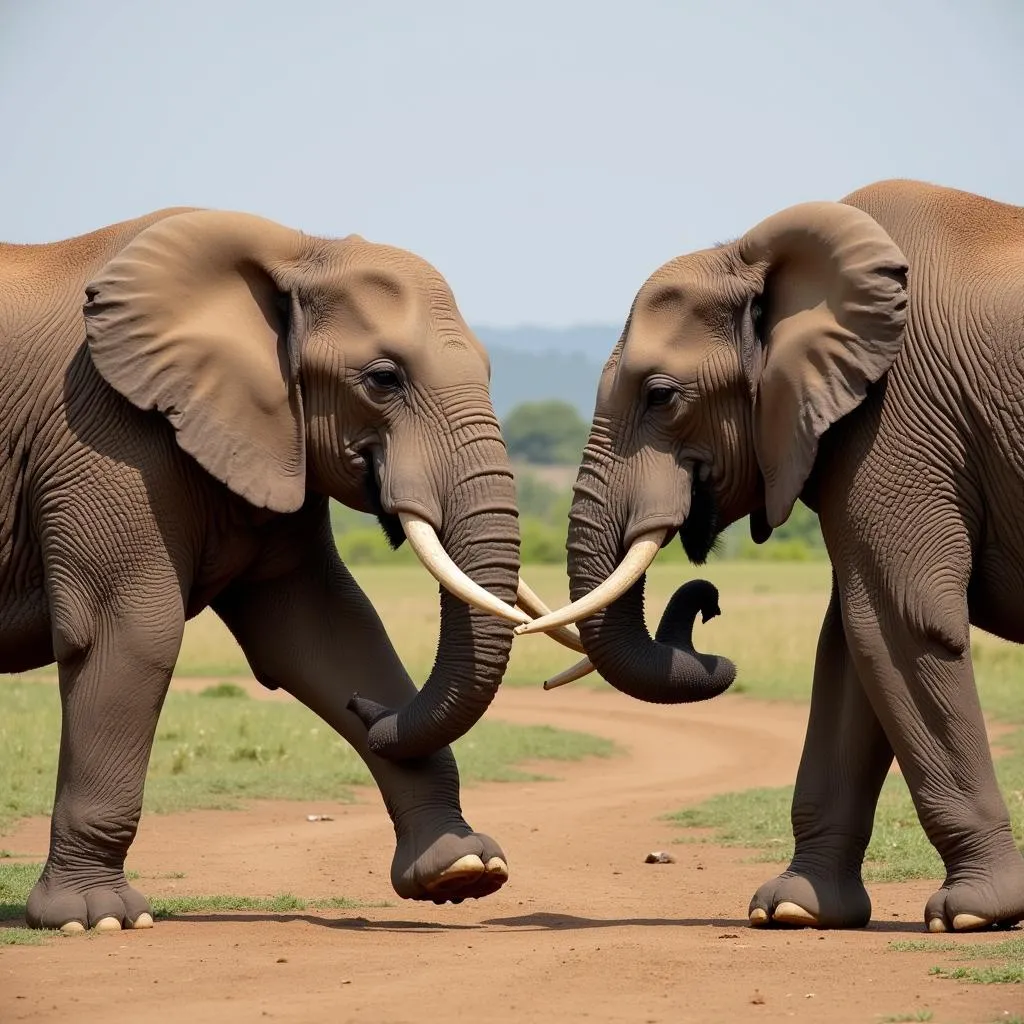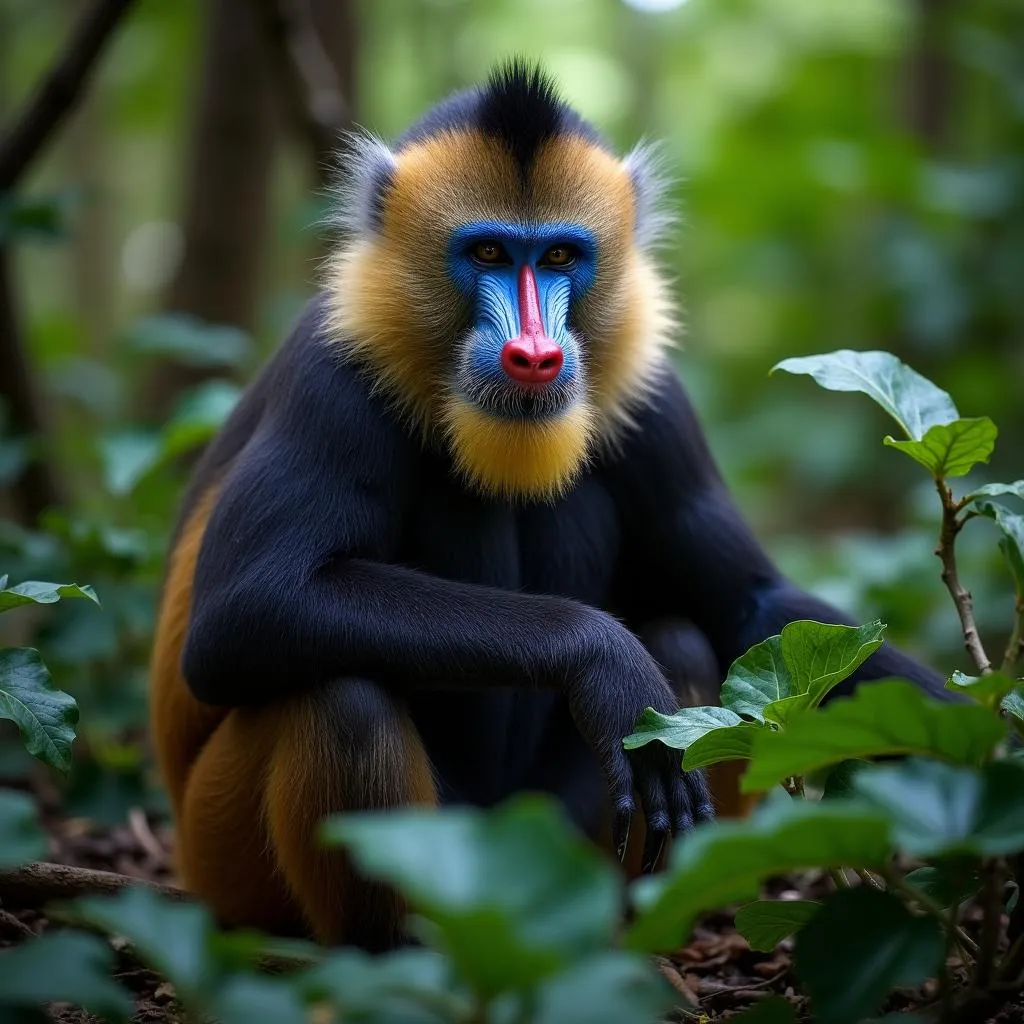Exploring the Vibrant World of African Jazz Art Society
African Jazz Art Society is a captivating tapestry woven from the threads of music, visual arts, and cultural expression. It’s a world where the soulful rhythms of jazz meet the bold strokes of African art, creating a dynamic and ever-evolving scene. From the bustling streets of Lagos to the vibrant art studios of Cape Town, this unique fusion captivates audiences and pushes creative boundaries.
The Intersection of Jazz and African Art
The synergy between jazz and African art lies in their shared spirit of improvisation, rhythm, and storytelling. Jazz, with its roots in African American musical traditions, finds a natural resonance in the diverse rhythms and melodies of the African continent. Similarly, African art, known for its vibrant colors, bold patterns, and symbolic narratives, finds a powerful voice through the improvisational nature of jazz.
This fusion is not merely an artistic expression; it’s a reflection of shared histories, struggles, and triumphs. Just as jazz emerged from the African American experience, African art often reflects the continent’s rich cultural heritage and its journey through colonialism and independence.
Key Figures and Movements
Numerous artists and movements have shaped the landscape of African jazz art society:
- Fela Kuti: This Nigerian musician is considered a pioneer of Afrobeat, a genre that seamlessly blends jazz, funk, and traditional Yoruba music. His politically charged lyrics and electrifying performances continue to inspire artists and activists worldwide.
- Abdullah Ibrahim: A South African pianist and composer, Ibrahim is renowned for his unique style that incorporates elements of Cape Jazz, a genre deeply rooted in the musical traditions of Cape Town. His music often reflects the struggles and aspirations of South Africa’s fight against apartheid.
- El Anatsui: This Ghanaian sculptor is internationally acclaimed for his monumental installations made from discarded bottle caps, flattened aluminum, and copper wire. His works often evoke themes of transformation, recycling, and the interconnectedness of global trade and consumption.
 African Jazz Inspired Painting
African Jazz Inspired Painting
The Global Impact
African jazz art society has transcended geographical boundaries, influencing artists and audiences worldwide. From the fashion runways of Paris to the contemporary art galleries of New York, the vibrant colors, bold patterns, and rhythmic energy of this unique fusion continue to inspire and captivate.
The influence of African jazz art society can be seen in:
- Music: Contemporary jazz musicians across the globe are incorporating African rhythms, instruments, and musical sensibilities into their compositions.
- Fashion: African-inspired prints, textiles, and designs are increasingly prevalent in the fashion industry, reflecting a growing appreciation for the continent’s vibrant aesthetics.
- Visual Arts: From painting and sculpture to photography and film, artists worldwide are drawing inspiration from African art traditions, themes, and techniques.
The Future of African Jazz Art Society
As the world becomes increasingly interconnected, the future of African jazz art society is bright. With its ability to bridge cultural divides, inspire creativity, and give voice to diverse experiences, this dynamic art form is poised to continue captivating audiences and pushing creative boundaries for generations to come.
[african american rap artists] have also played a significant role in bridging the gap between African and African American musical traditions.
Conclusion
African jazz art society is more than just a fusion of music and art; it’s a testament to the enduring power of cultural expression and its ability to transcend borders and connect people from all walks of life. Whether you’re a seasoned art enthusiast or simply curious about exploring new cultural horizons, the world of African jazz art society offers a vibrant and rewarding journey of discovery.
For those interested in learning more about African American cultural expressions, [a theory of african america] provides a comprehensive framework for understanding the complexities of this unique cultural identity.
FAQs
1. What are some of the key characteristics of African jazz music?
African jazz music often features polyrhythms, improvisation, call-and-response patterns, and the use of traditional African instruments alongside Western jazz instrumentation.
2. Where can I find examples of African jazz art?
Many museums and galleries worldwide feature African art, and there are numerous online resources dedicated to showcasing this vibrant art form.
3. Are there any upcoming African jazz festivals or events?
Yes, numerous festivals and events celebrating African jazz music and art are held annually across the globe. A simple online search can provide you with a list of upcoming events in your area or region.
4. How can I support African jazz artists and their work?
You can support African jazz artists by attending their concerts, purchasing their music and art, and spreading the word about their work.
5. What is the significance of African jazz art society in a globalized world?
African jazz art society highlights the importance of cultural exchange and cross-cultural dialogue. It provides a platform for artists to share their unique perspectives and connect with audiences worldwide.
Need help? Contact us:
Phone: +255768904061
Email: [email protected]
Address: Mbarali DC Mawindi, Kangaga, Tanzania.
We have a 24/7 customer service team.


